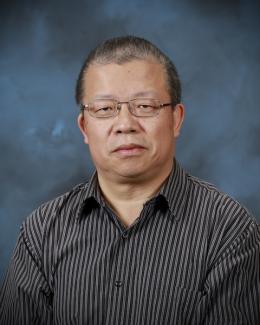Abstract
We report a detailed study of ultrafast exciton dephasing processes in semiconducting single-walled carbon nanotubes (SWNTs) employing a sample highly enriched in a single tube species, the (6,5) tube. Systematic measurements of femtosecond pump-probe, two-pulse photon echo and three-pulse photon echo peak shift over a broad range of excitation intensities and lattice temperature (from 4.4 to 292 K) enable us to quantify the timescales of pure optical dephasing (T ∗2 ), along with exciton-exciton and exciton-phonon scattering, environmental effects as well as spectral diffusion. While the exciton dephasing time (T2 ) increases from 205 fs at room temperature to 320 fs at 70 K, we found that further decrease of the lattice temperature leads to a shortening of the T2 times. This complex temperature dependence was found to arise from an enhanced relaxation of exciton population at lattice temperatures below 80 K. By quantitatively accounting the contribution from the population relaxation, the corresponding pure optical dephasing times increase monotonically from 225 fs at room temperature to 508 fs at 4.4 K. We further found that below 180 K, the inverse of the pure dephasing time (1/T ∗2 ) scales linearly with temperature with a slope of 6.7 ±0.6 μeV/K, which suggests dephasing arising from one-phonon scattering (i.e. acoustic phonons). In view ofthe large dynamic disorder of the surrounding environment, the origin of the long room temperature pure dephasing time is proposed to result from reduced strength of exciton-phonon coupling by motional narrowing over nuclear fluctuations. This consideration further suggests the occurrence of remarkable initial exciton delocalization, and makes nanotubes ideal to study many-body effects in spatially confined systems.


